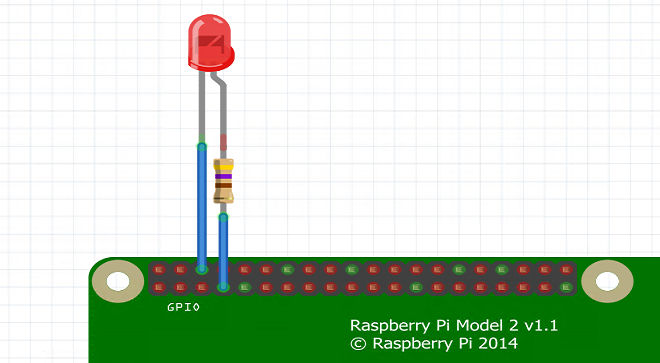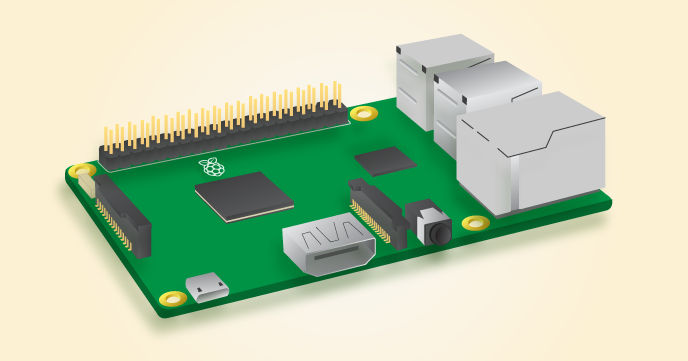Raspberry Pi And The IoT In C - One Wire Basics
- Details
- Written by Super User

The Raspberry Pi is fast enough to be used to directly interface to 1-Wire bus without the need for drivers. The advantages of programming our own 1-wire bus protocol is that it doesn't depend on the uncertainties of a Linux driver.
Raspberry Pi IoT In C - Introduction To The GPIO
- Details
- Written by Super User

The bcm2835C library is the easiest way to get in touch with the Pi's GPIO lines. In this chapter we take a look at the basic operations involved in using the GPIO lines with an emphasis on output. How fast can you change a GPIO line, how do you generate pulses of a given duration and how can you change multiple lines in sync with each other?
Raspberry Pi And The IoT In C -Getting Started With The SPI Bus
- Details
- Written by Super User

The SPI bus can be something of a problem because it doesn't have a well defined standard that every device conforms to. Even so if you only want to work with one specific device it is usually easy to find a configuration that works - as long as you understand what the possibilities are.
Raspberry Pi IoT In C - Almost Realtime Linux
- Details
- Written by Super User

You can write real time programs using standard Linux as long as you know how to control scheduling. In fact it turns out to be relatively easy and it enables the Raspberry Pi to do things you might not think it capable of. There are also some surprising differences between the one and quad core Pis that make you think again about real time Linux programming.
Getting Started With NetBeans
- Details
- Written by Super User

This is the first chapter of our ongoing book on using the Raspberry Pi in C. It starts the ball rolling by explaining how to get NetBeans, a C/C++ IDE, up and running. We get as far as a first "Hello World" program..
There are lots of ways to program the Pi from Scratch, through Python to assembler. Each language has its advantages and disadvantages but there are times when subtle arguments aren't necessary. If you want to program the Pi in a way that extracts the maximum efficiency and without any limits then C is the obvious choice. It is easier to program in C than in assembler and the results are almost the same in terms of speed.
You can describe C as a machine independent assembly language and hence when you learn it you get deeper into the system than with other languages - you tend to really know what is going on. This makes it a good way to improve your understanding of computers and computing in general.
Page 2 of 2
